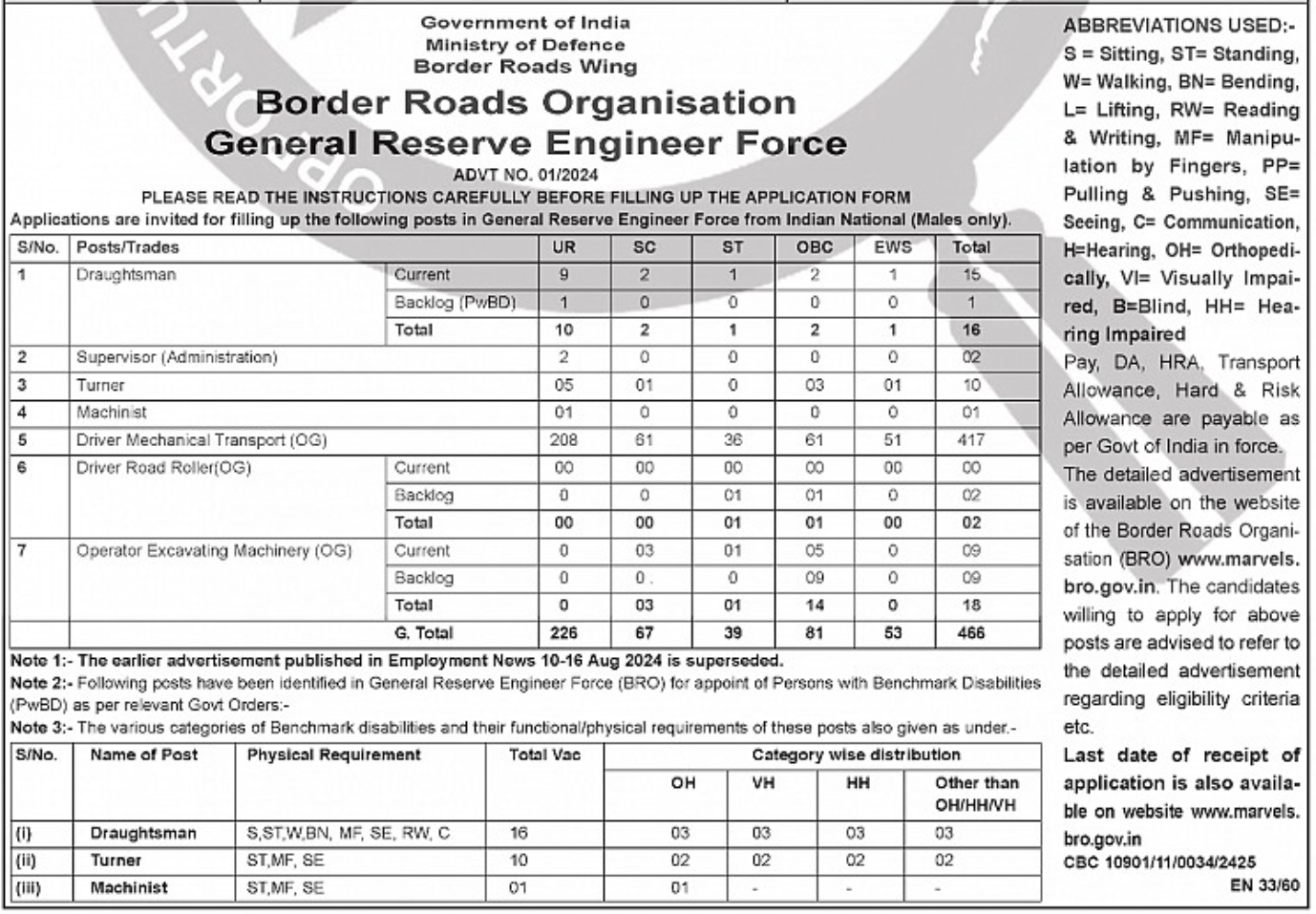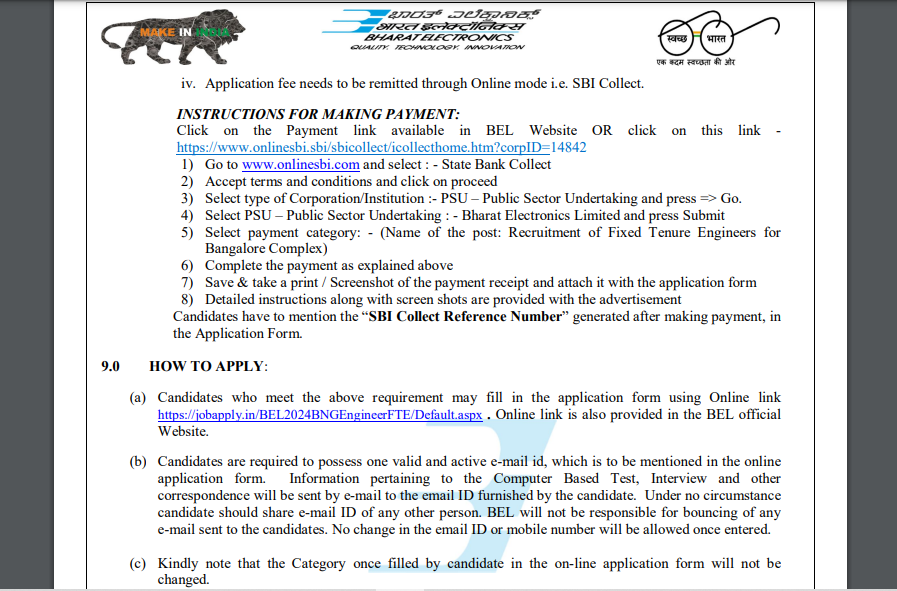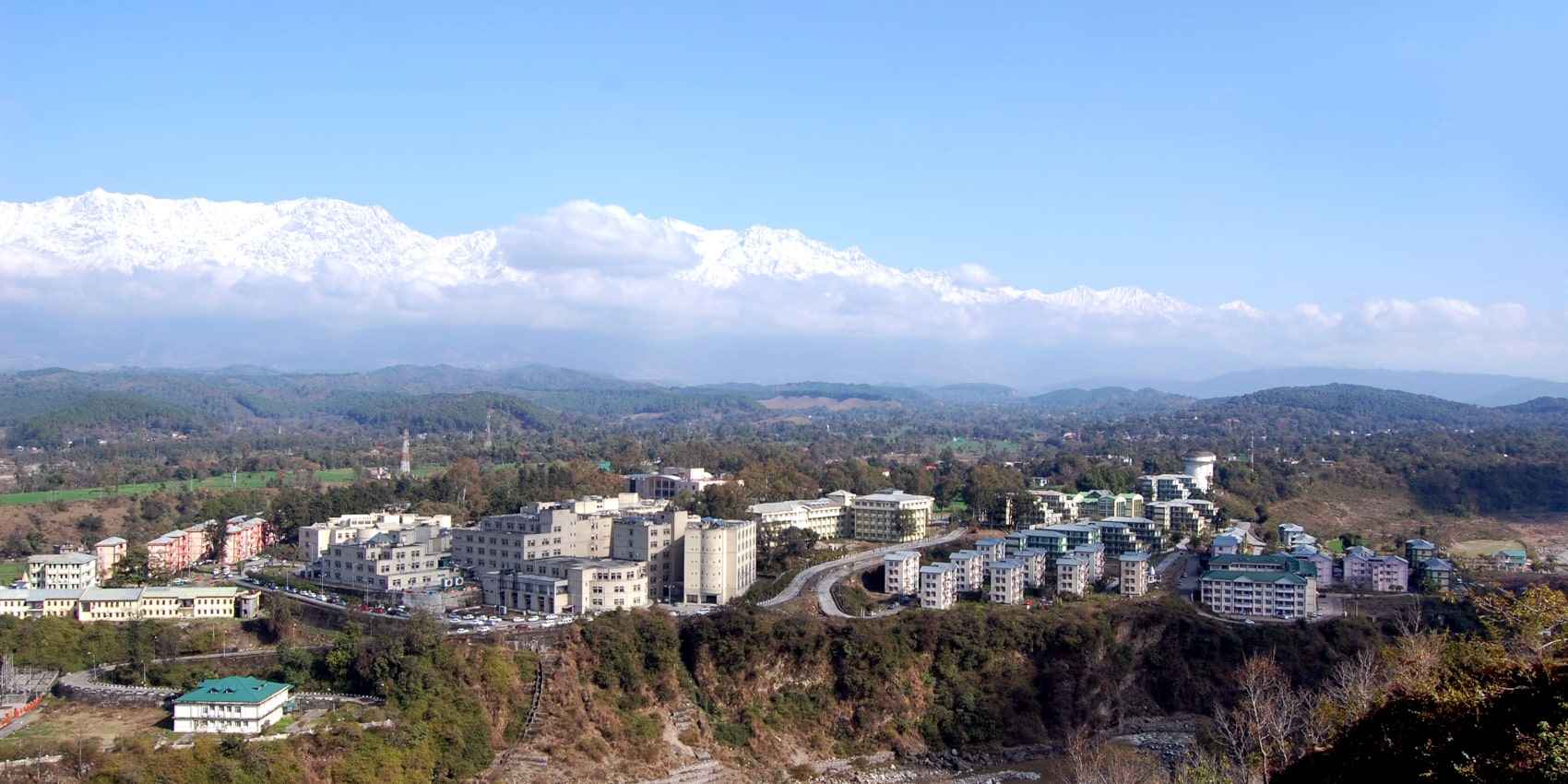Chinese astronauts Fei Junlong, Deng Qingming, and Zhang Lu have returned to Earth aboard the Shenzhou-15 manned spaceship after an impressive six-month stint in China’s space station. The successful completion of their mission marks another significant milestone in China’s ambitious space exploration program.
Table of Contents
Safe Return to Earth
The Shenzhou-15 return capsule carrying the three Chinese astronauts landed at the Dongfeng landing site in north China’s Inner Mongolia Autonomous Region at 6:33 am (Beijing Time), as confirmed by the China Manned Space Agency (CMSA). This safe return signifies the completion of their remarkable six-month space station mission, which was hailed as a resounding success by the agency. The astronauts were in excellent shape, highlighting the effectiveness of their training and the meticulous planning behind the mission.
Crew Replacement and Extended Stay
As the trio made their way back to Earth, three other astronauts, including China’s first civilian to visit the space station, were sent to replace them. This historic milestone further solidifies China’s growing presence in space exploration. The new team of astronauts is scheduled to remain aboard the space station for five months, conducting various scientific experiments and contributing to China’s ongoing advancements in space technology.
China’s Space Station
China’s space station is set to become the sole operational station once the International Space Station (ISS), a collaborative effort of multiple countries, is decommissioned by 2030. A key feature of China’s space station is its two robotic arms, particularly the long arm capable of retrieving objects, including satellites, from space. This advanced technology enhances China’s capabilities in conducting space-related operations and research.
Return to Beijing and Medical Quarantine
After their return to Earth, the astronauts traveled to Beijing by plane, where they entered a period of medical quarantine. Undergoing comprehensive medical examinations and health evaluations is a standard protocol to ensure their well-being and identify any potential effects of their prolonged stay in a microgravity environment. The China Manned Space Agency (CMSA) ensures that the crew receives appropriate care and attention during this recovery period.
Read out our Monthly National & International Current Affairs Here
Astronauts’ Reflections and Future Missions
Fei Junlong, the mission commander who had previously participated in China’s second crewed space mission, expressed satisfaction with the completion of all scheduled tasks and conveyed his pride in returning to his homeland. Deng Qingming, who had been preparing for 25 years before getting the chance to fly to space, shared his belief in the power of dreams and persistence. He expressed his happiness and gratitude for being able to contribute to the nation. Zhang Lu, one of China’s second batch of astronauts, excitedly shared his experiences and the strong emotional connection he felt with his homeland while observing it from space. All three astronauts emphasized their eagerness to readjust their bodies, resume training, and prepare for future space missions.
Achievements and Scientific Experiments
During their stay in the space station, the crew accomplished several notable achievements. With China’s self-developed two-photon microscope, they successfully obtained three-dimensional structural images of their skin cells, making it the first such achievement worldwide. This breakthrough paves the way for future health monitoring of astronauts in orbit. The crew also conducted the first in-orbit ignition test in the Mengtian space lab module’s combustion cabinet, demonstrating the advancement of China’s space technology.
Furthermore, the operation of the country’s Stirling thermoelectric converter was successfully verified in orbit. This converter exhibited internationally advanced conversion efficiency while operating smoothly, highlighting China’s innovation in heat-to-electricity conversion. Additionally, the crew conducted groundbreaking experiments on liquid metal thermal management, providing valuable data on bismuth-based metal behavior in microgravity. These experiments shed light on key technologies related to controlled melting, expansion, and convection heat transfer.
The crew’s efforts extended beyond scientific experiments. They handled cargo operations and installed essential equipment, including extravehicular extended pump sets, cross-module cables, and supporting devices for the extravehicular payload platform. These installations lay the groundwork for future large-scale science and technology experiments outside the space station, demonstrating China’s commitment to pushing the boundaries of space exploration.
The astronauts’ tireless work resulted in the successful completion of China’s space station construction, marking a major accomplishment for the nation’s space program. With each mission, China advances further in its pursuit of scientific discovery, technological innovation, and international collaboration in space exploration.
























